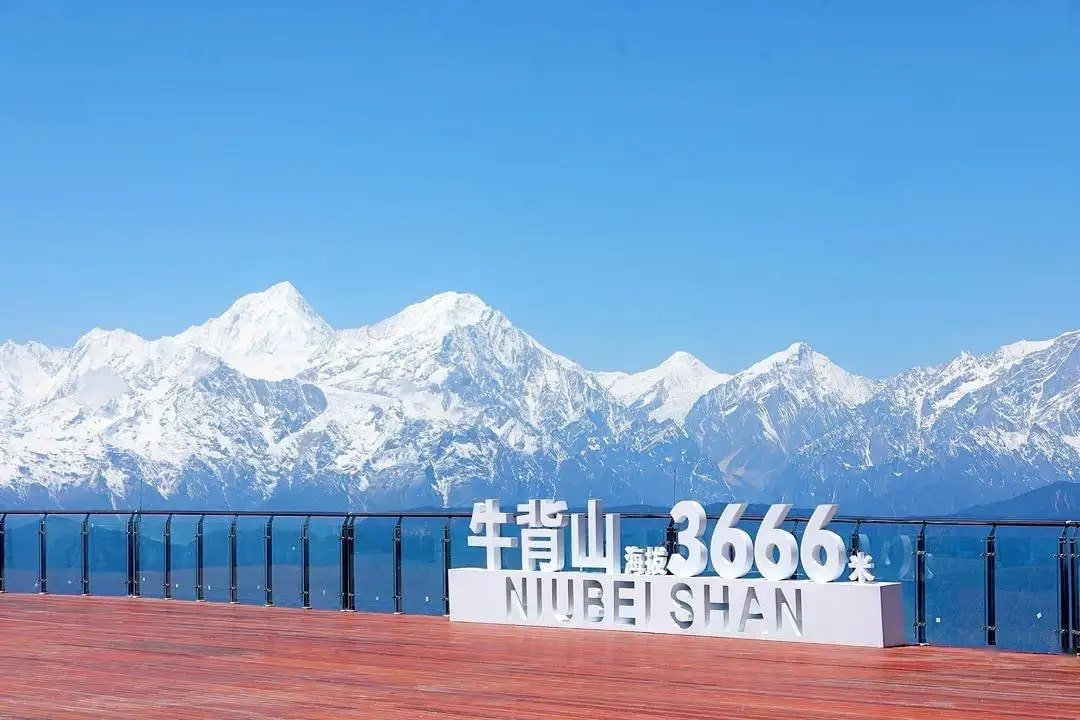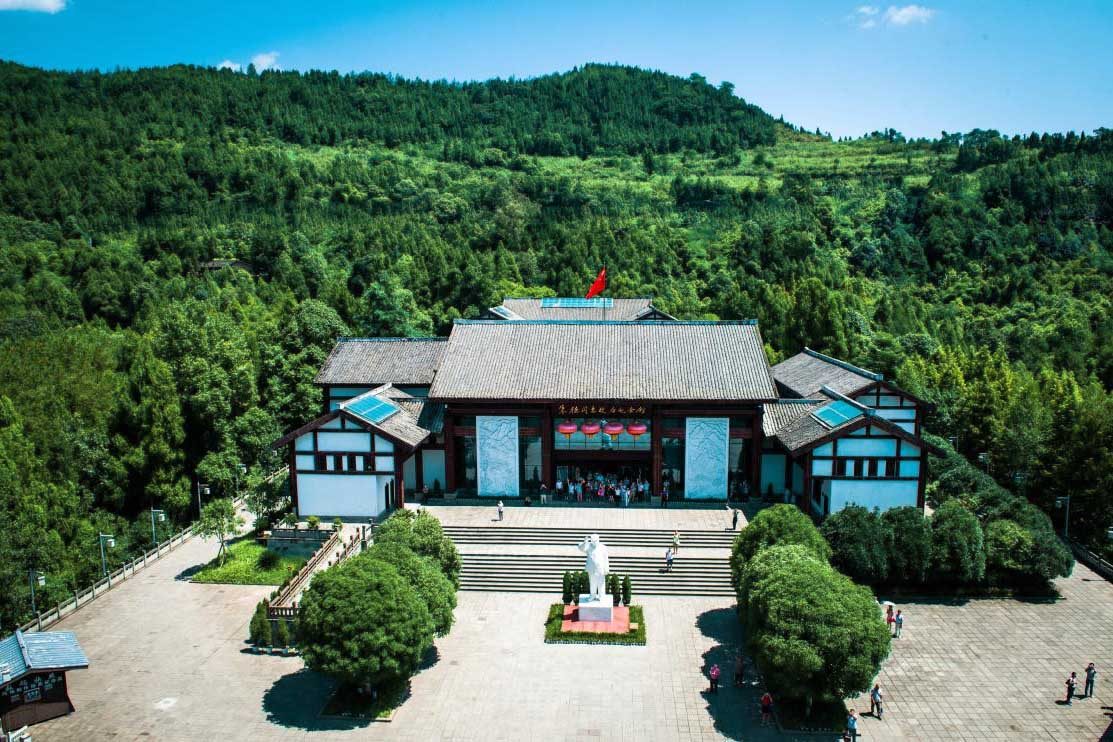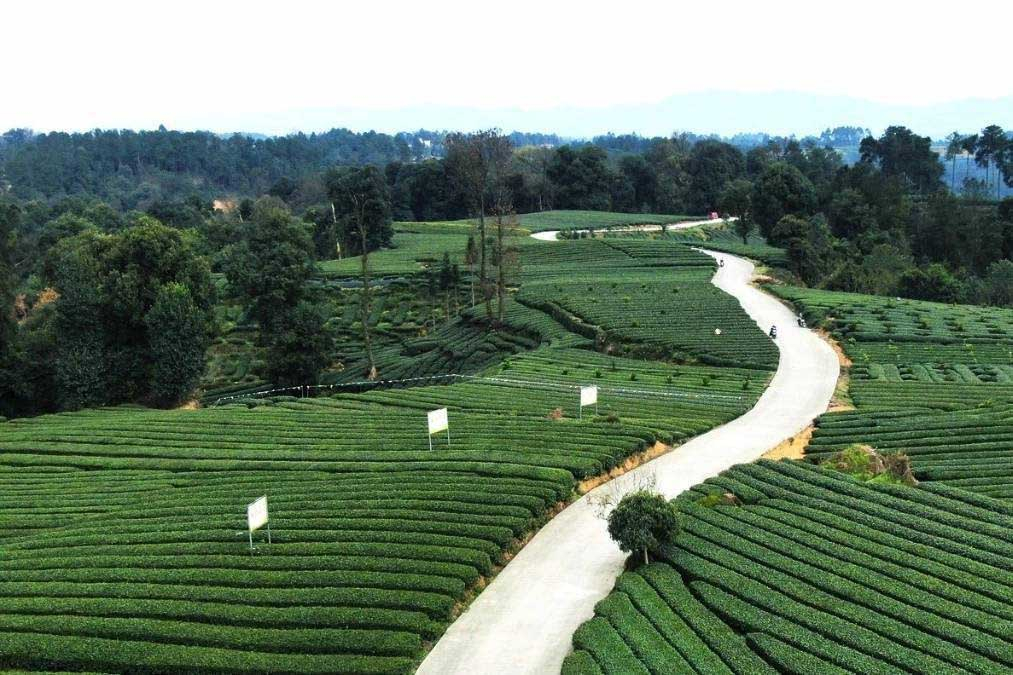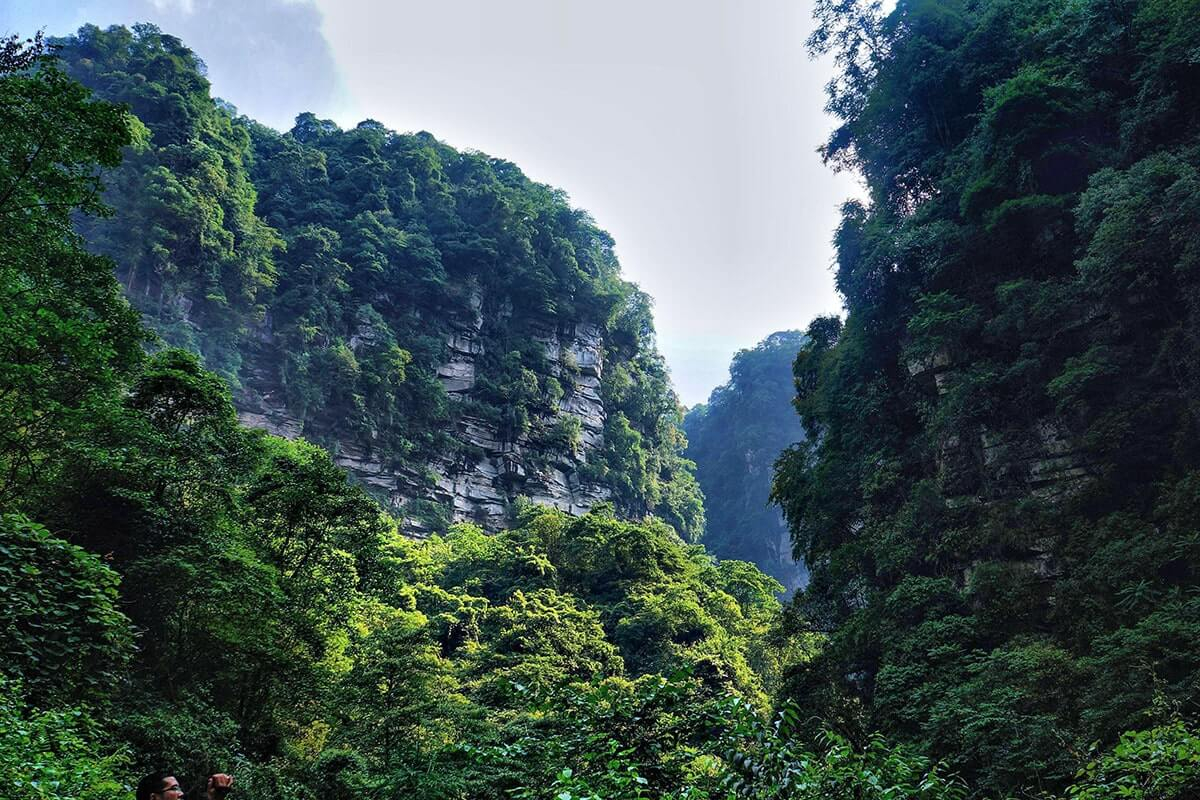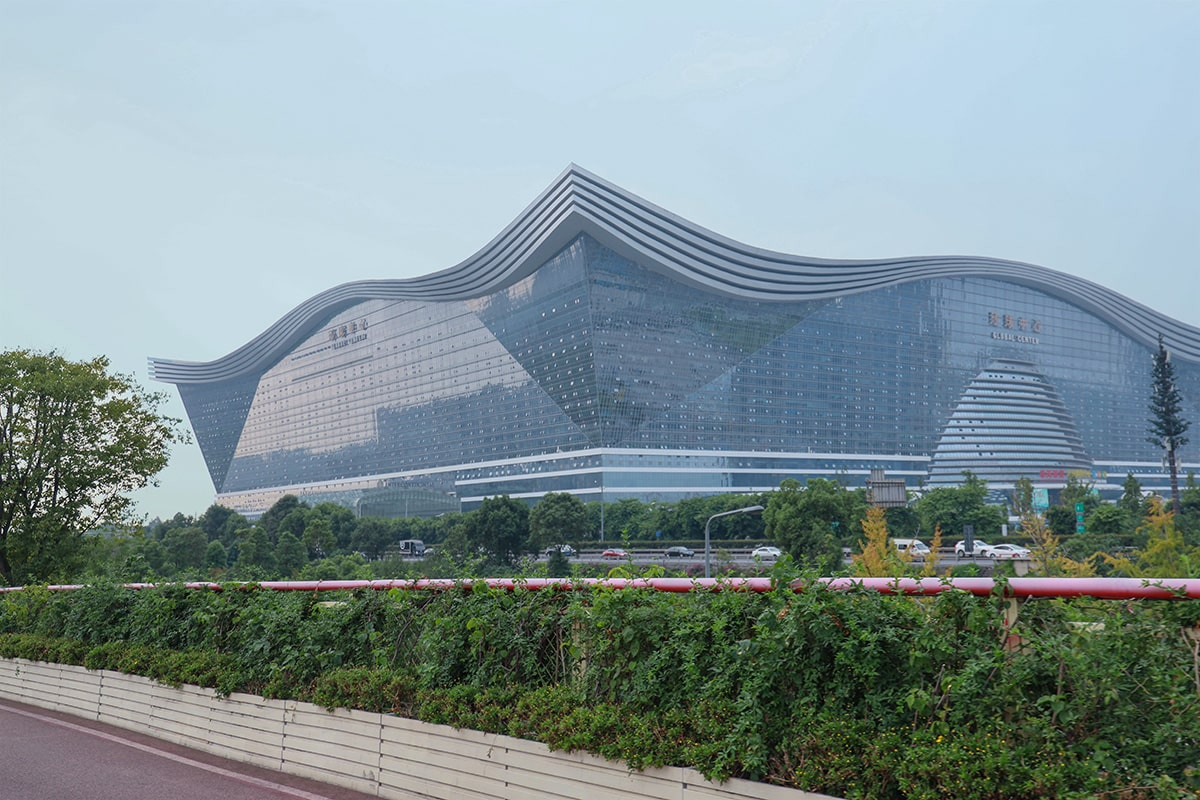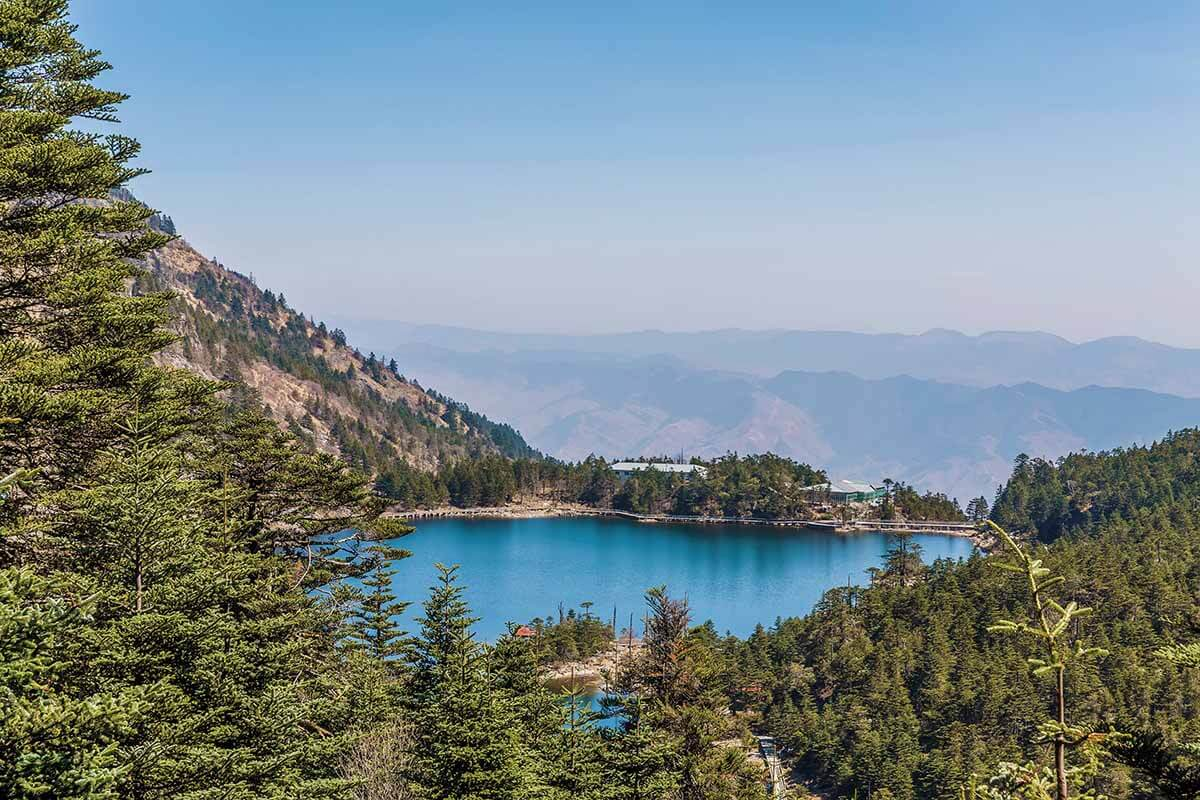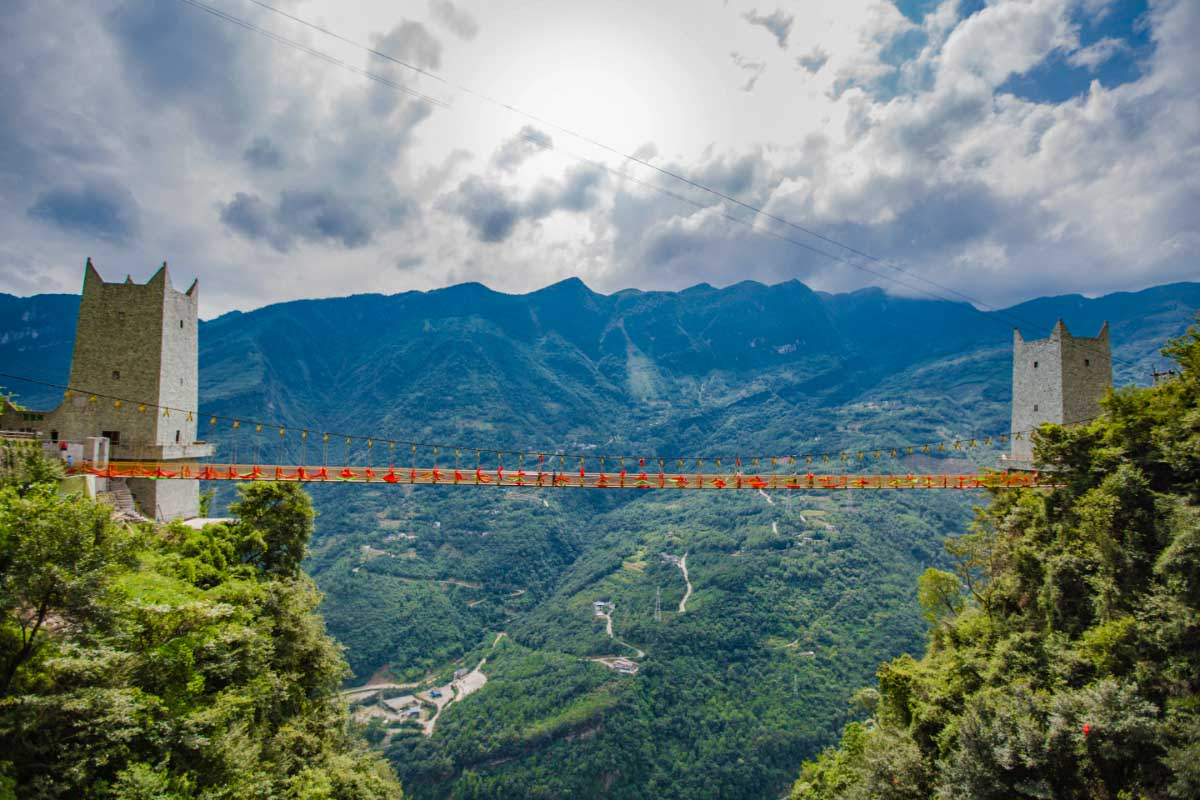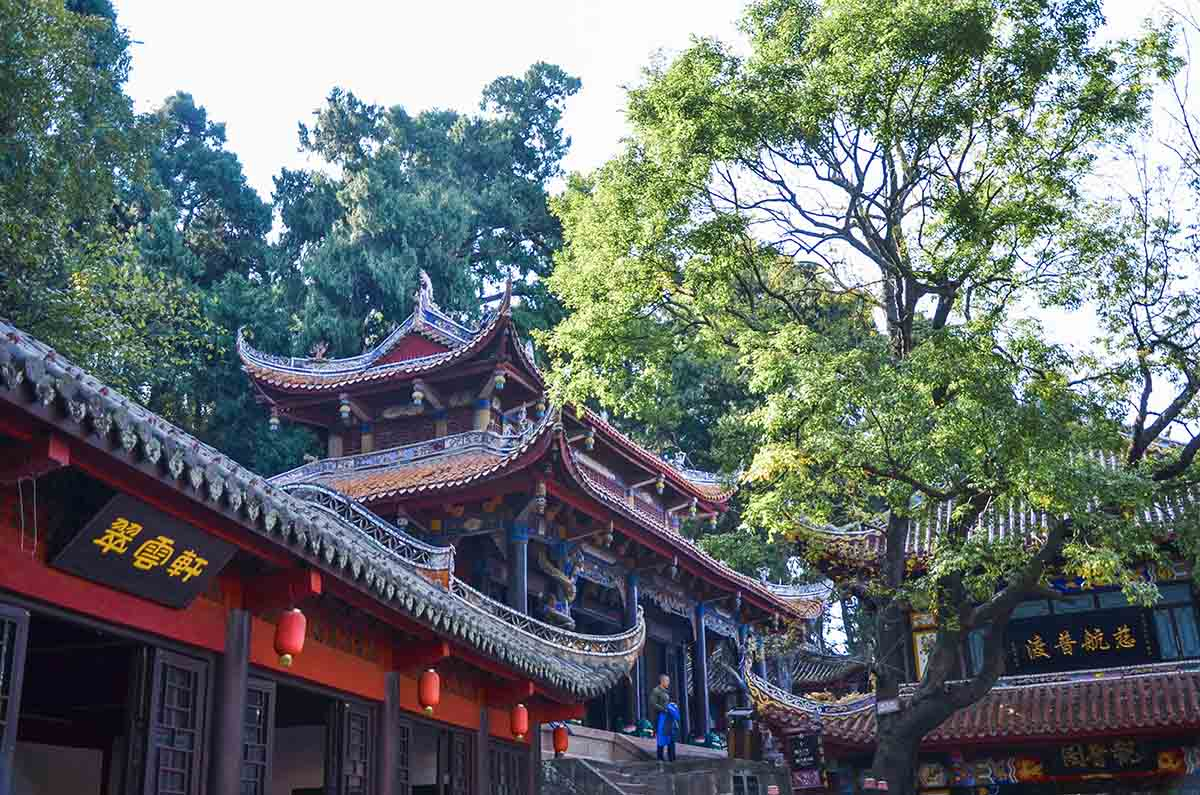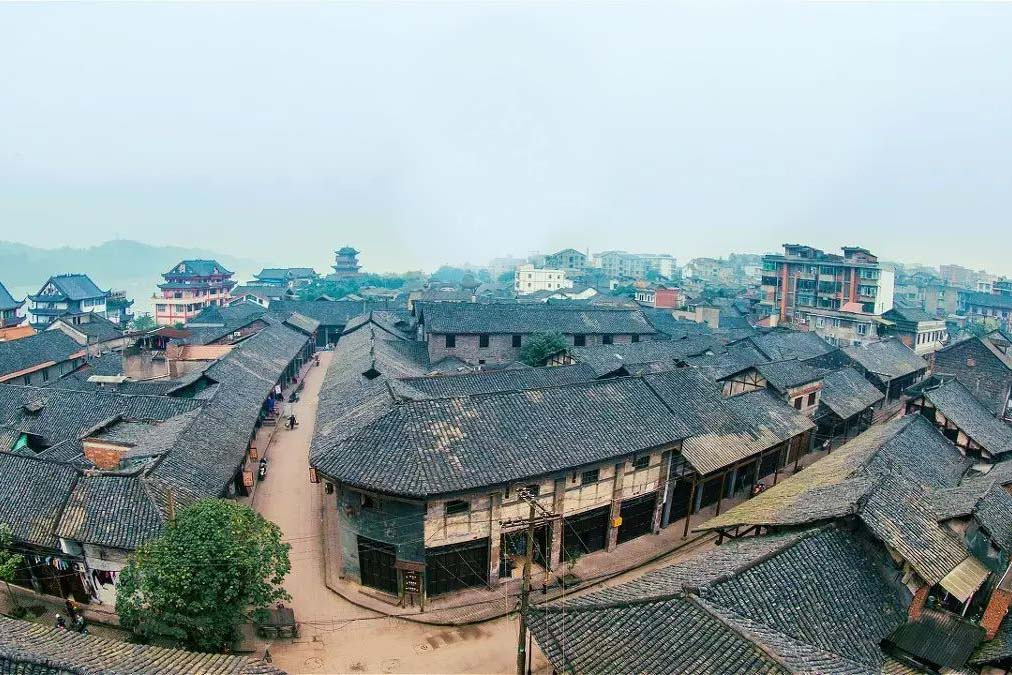Zigong Salt History Museum
Chinese Name: 自贡市盐业历史博物馆 (Zi Gong Shi Yan Ye Li Shi Bo Wu Guan)
Location: No.107, Jiefang Road, Ziliujing District, Zigong City, Sichuan Province.
Ticket: Entrance ticket CNY20.00
Estimated tour time: 1-2 hours
Recommended time to visit: All year round.
Nearby attractions: Zigong Dinosaur Museum, Shunan Bamboo Sea, Lizhuang Ancient Town, etc.
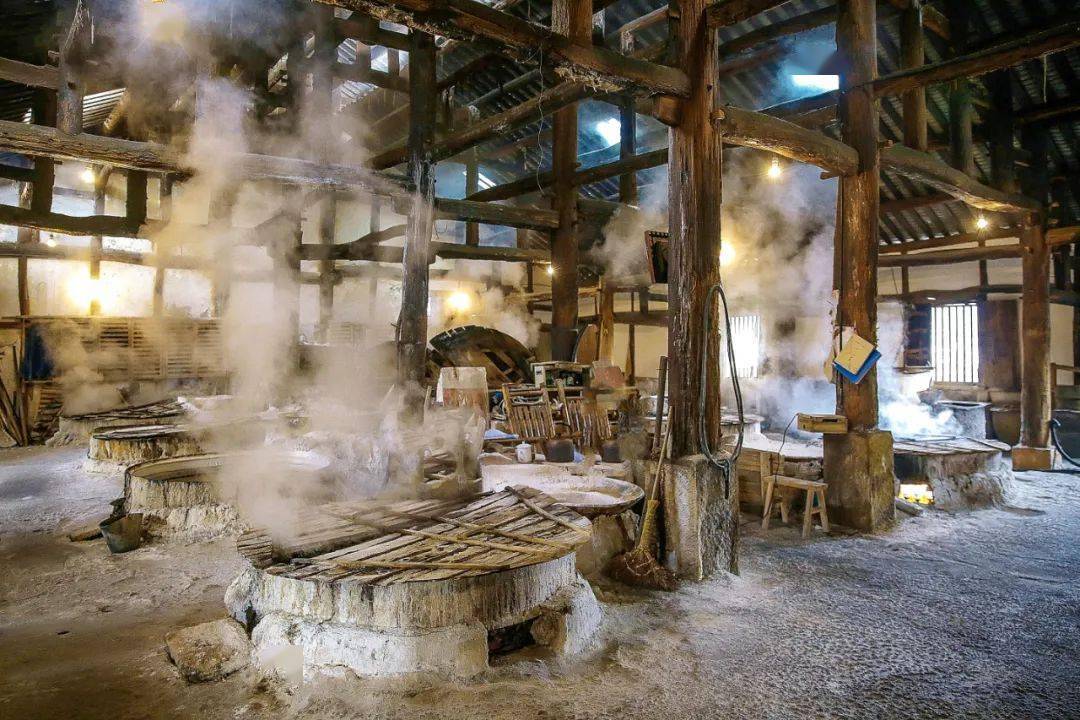
Zigong Salt History Museum is a professional museum of the history of Chinese science and technology. It is also the only museum of salt industry history in China. Located by Fuxi River at foot of Longfeng Mountain in the center of Zigong city. The museum is associated with the history of China’s ancient salt industry. Zigong is well-known as the Thousand Year Old Salt Capital.
It boasts a long history of salt manufacturing that could be traced back to 1,900 years ago. The salt product could be classified into three types, sea salt, mine salt and well salt. Unlike the coastal region, Zigong produces a large amount of well salt. The museum was set up in 1959. The site was the Xiqin Guild Hall built in the first year of the Qing Dynasty in 1736. This is a fellow-townsman's guild hall, which was built with funds raised by salt merchants from Shaanxi Province(alias Qin) from northwest China.
It combined the palace and folk architectural styles of Ming and Qing Dynasties (1368-1912). The well-preserved inscriptions, woodcarvings, stone carvings and clay sculptures are the real specimens for the study of social life, economic conditions and religious art in the Qing Dynasty before the Opium War(the British war against China from the 1840 to the 1842, also the beginning of the modern history of China).
The museum site consists of two ancient buildings, the national key Cultural Relics Protection Unit Xiqin Guild Hall and its affiliated buildings, covering an area of 6303 square meters, and the Cultural Relics Protection Unit of Sichuan Province Wangye Temple, covering an area of 705 square meters. Over the past 40 years, the museum has made significant achievements in the collection, research, display and preservation of salt in Chinese history.
The museum displays the history of well salt production technology. It opens all the year round and receives about 200,000 visitors a year.
● Highlights of Zigong Salt History Museum
Original records
Salt historical relics mainly reflect the production tools and equipment of well salt drilling, brine extraction, brine transportation and salt making, the contracts, account books in the process of salt production and operation, and the original records of well drilling in traditional way at that time.
Salt well drilling tools
In well salt production tools and equipment, a large numbers are salt well drilling tools.
There are more than 130 kinds about 400 pieces of well salt sinking tools from 1736-1795, up to 1960s. These tools come in all shapes and sizes, a great disparity in the proportion of weight and length, some are five meter long, some are less than a meter long. There are those weighing hundreds of kilograms and those weighing a few kilograms.
Research significance
The museum collects historical books, documents and archives on the development of well salt. Of these, 1,322 are objects and tools, of which 503 are traditional salt well drilling and repairing tools. It is the only complete ancient drilling tool group preserved in China at present. These tools of different periods, shapes and uses embody the well salt technology and technology created by the salt workers in past dynasties, and indicate the development of drilling technology in China. The collection of the management contracts, records and account books is of great value for the study of the history of science and technology and the history of social economy in those periods.
The museum has also preserved and restored outside the museum the Xiaoqiao Well excavated in 1772, and the 1,001.42 meter depth Sanghai Well excavated in 1835, which was the first salt well in the world to break through thousand meter depth. The Wangye Temple of the Chamber of Commerce for the transportation of salt is an on-site display reflecting the production and transportation of well salt in the Qing Dynasty(1644-1912).
- HOTEST
- RECOMMEND
